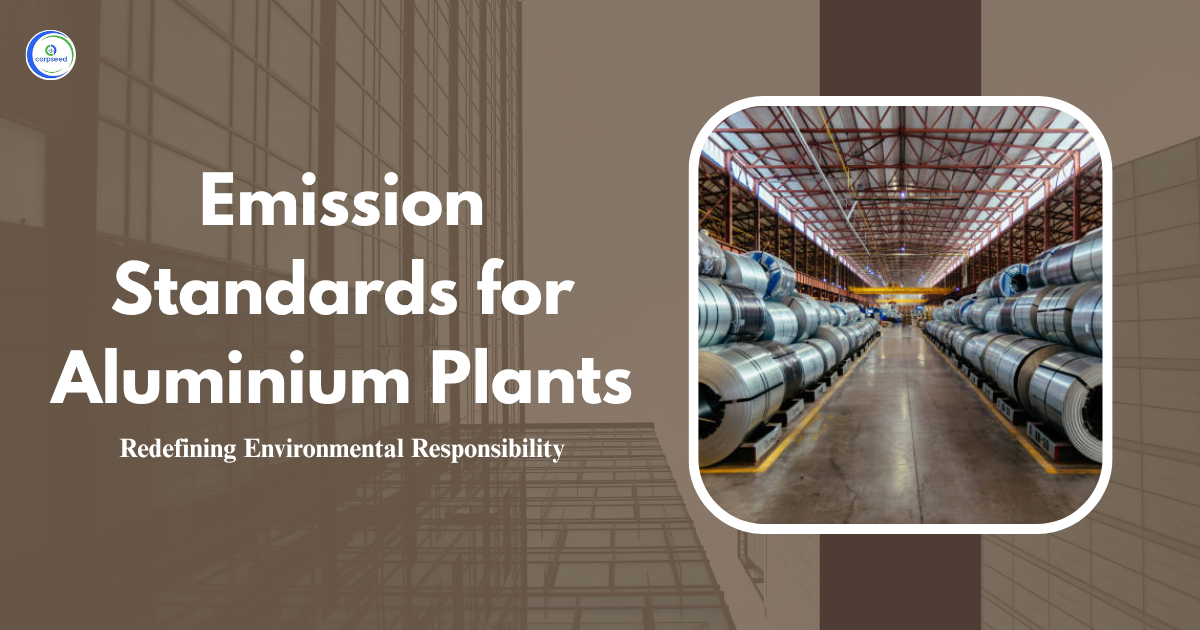Copper, lead, and zinc smelting industries are essential for the development of infrastructure, electronics and manufacturing sectors. However, these processes release significant amounts of pollutants such as sulfur dioxide (SO2), particulate matter (PM), acidic dust, and other hazardous substances, which pose serious risks to both human health and the environment.
Table of Contents
To control the emission of these harmful pollutants and minimize it, the Central Pollution Control Board (CPCB) under the Environment (Protection) Rules, 1986, imposed revised emission standards. These updated norms were duly notified in the Environment (Protection) (Third Amendment) Rules, 2011.
Understanding Environmental Pollutants from Metal Smelting
Copper, lead, and zinc smelting units release several pollutants during smelting, refining, and gas treatment processes. This pollution not only reduces air quality but also harms nearby ecosystems and exposes workers and local populations to long-term health risks. The key pollutants include:
- Sulphur Dioxide (SO2): Produced by the combustion of sulphur-bearing ores. SO2 is a significant cause of acid rain and respiratory problems.
- Particulate Matter (PM): Dust and fumes containing toxic metals like lead and zinc, which can settle in the lungs and bloodstream.
- Acid Mist: Generated during acid production processes. It can rust materials and result in skin and eye irritation.
- Fluoride Compounds: Released during certain metal treatment processes, they are harmful to both human health and vegetation.
--------------Blog Contact Form-------------
Updated Emission Standards for Copper, Lead and Zinc Smelting Units
To overcome these issues, the Government of India, in 2011, updated the emission standards under Schedule I and Schedule VI of the Environment (Protection) Rules, 1986. Following are some key Guidelines from the Amendment:
- Emission Limits: Different limits are set for SO2, PM, and acidic dust, depending on whether the plant is an existing unit or a new unit (commissioned after notification).
- Scrubbing Units: Plants should install scrubbers to clean the exhaust gases. Each scrubbing unit should be equipped with an online pH meter and auto-recording system to track performance.
- Stack Height Requirements: To ensure safe dispersion of pollutants, stack height should be:
- Minimum 30 meters, or
- As per the formula: H = 14(Q)¹/³,
where H = stack height in meters, and Q = maximum SO₂ emission in kg/hr (at 110% rated capacity).
The higher value must be adopted.
- Combined Stack Standards: If more than one sulphuric acid plant or gas stream exists on the same site, the combined capacity will be considered when determining stack heights and emission limits.
- Separate Scrubbing Stack: Any separate stack for scrubber emissions must match the height of the main stack or be at least 30 meters tall, whichever is more.
Load/Mass Based Standards
In addition to concentration-based standards (mg/Nm3), load-based standards are also introduced. These standards limit the total amount of pollutants released per tonne of metal produced, which helps industries control emissions even if concentrations are within permissible limits.
This approach encourages companies to mitigate emissions per unit of production, leading to more efficient and cleaner work.
Benefits of Implementing Emission Standards
Implementing emission standards plays an important role in reducing environmental pollution and protecting public health. These regulations drive industries towards cleaner operations while ensuring regulatory consistency and supporting broad sustainability goals.
- Improved Air Quality: By regulating emissions of SO2 and PM, these rules help enhance ambient air quality in and around smelting zones, protect neighbouring communities and the environment.
- Enhanced Public Health: A reduction in toxic emissions means fewer health problems like asthma, bronchitis, and neurological disorders caused by heavy metals and acidic dust.
- Cleaner Production Technologies: Mandated systems such as advance scrubbers, dust collectors, and continuous emission monitoring systems (CEMS) push industries toward cleaner and more energy-efficient technologies.
- Regulatory Compliance: Having national emission standards provides a uniform legal framework, which reduces confusion for industries functioning in different states. This stimulates better compliance and implementation.
- Alignment with Sustainability Goals: By adopting these environmental regulations, the smelting sector contributes to India’s commitments to climate action, including targets under the Paris Agreement.
Monitoring and Legal Compliance
To ensure effective implementation, the following mechanisms are in place:
- Emission Monitoring: Installation of CEMS is fortified to track pollutants like SO2 and PM in real-time.
- Inspections and Reporting: Regular inspections by the CPCB and SPCB ensure that the units meet emission standards. Plants need to maintain fuel usage logs, monitoring data, and compliance records.
- Stack Testing Infrastructure: Units must offer sampling ports, platforms and staircases for regulatory authorities to safely test emissions.
- Penalties for Violation: Depending on the severity of the violation, non-compliance could result in fines, temporary suspension, or termination of operations.
Conclusion
The introduction of revised emission standards for copper, lead, and zinc smelting is a big step toward enhancing air quality, public health, and environmental sustainability in India. These laws not only bring the smelting sector under stringent regulatory control but also encourage industries to innovate and adopt cleaner, safer technologies.
By strictly following these principles, smelting units can considerably minimize their environmental impact, enhance worker safety, and support a greener, more sustainable future.
This portion of the site is for informational purposes only. The content is not legal advice. The statements and opinions are the expression of author, not corpseed, and have not been evaluated by corpseed for accuracy, completeness, or changes in the law.
BOOK A FREE CONSULTATION
Get help from an experienced legal adviser. Schedule your consultation at a time that works for you and it's absolutely FREE.



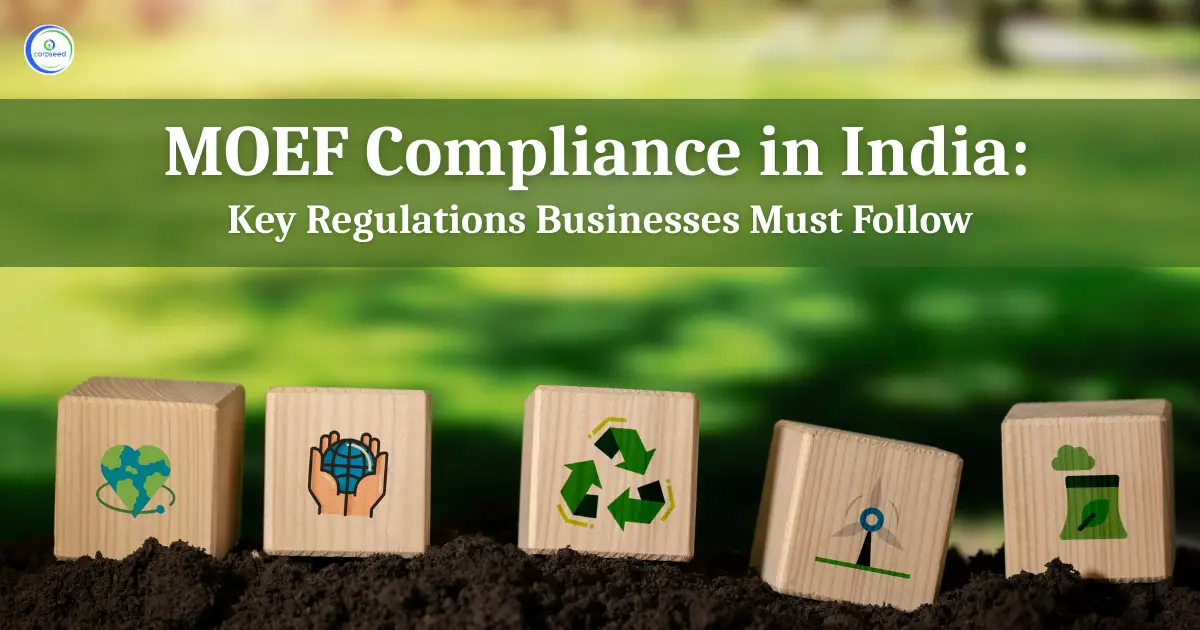
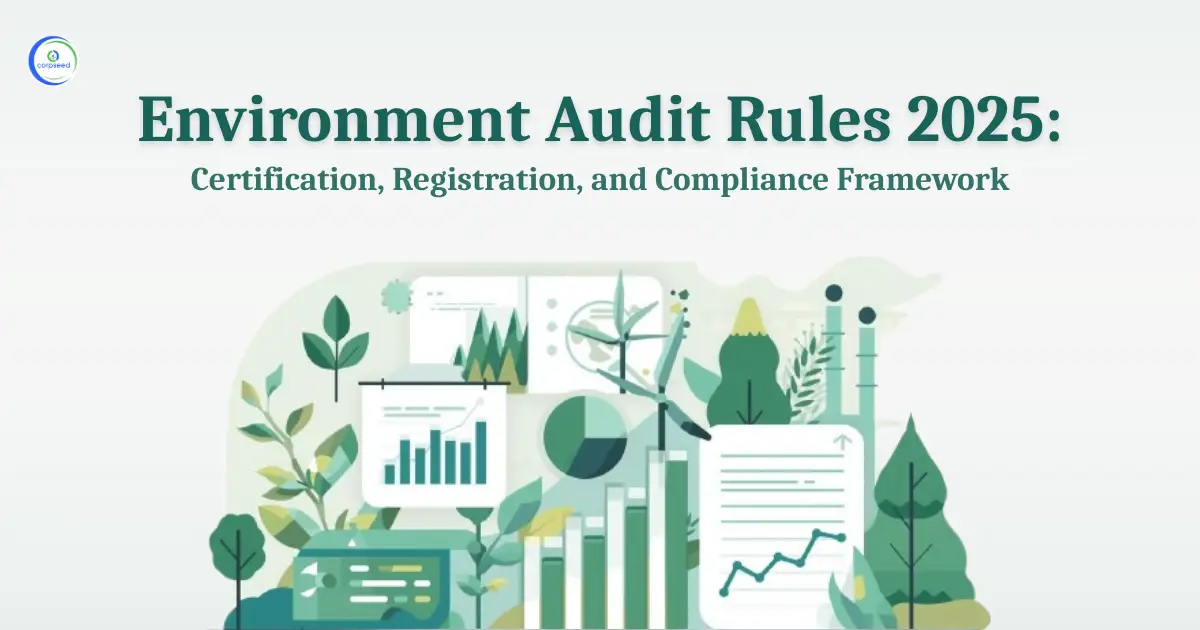
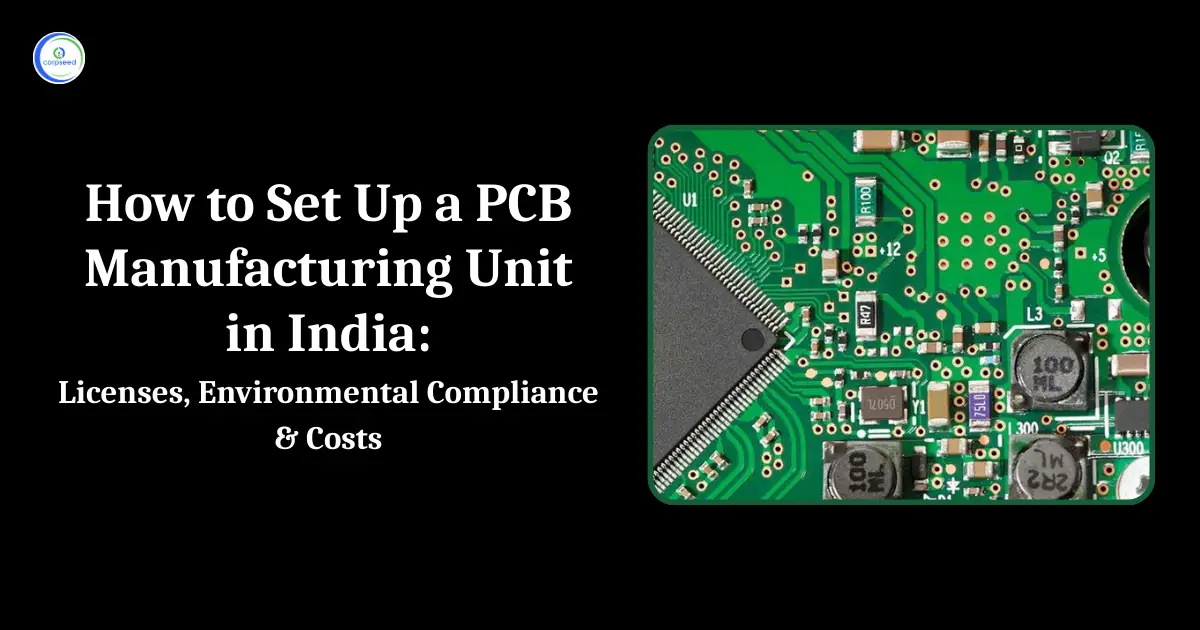
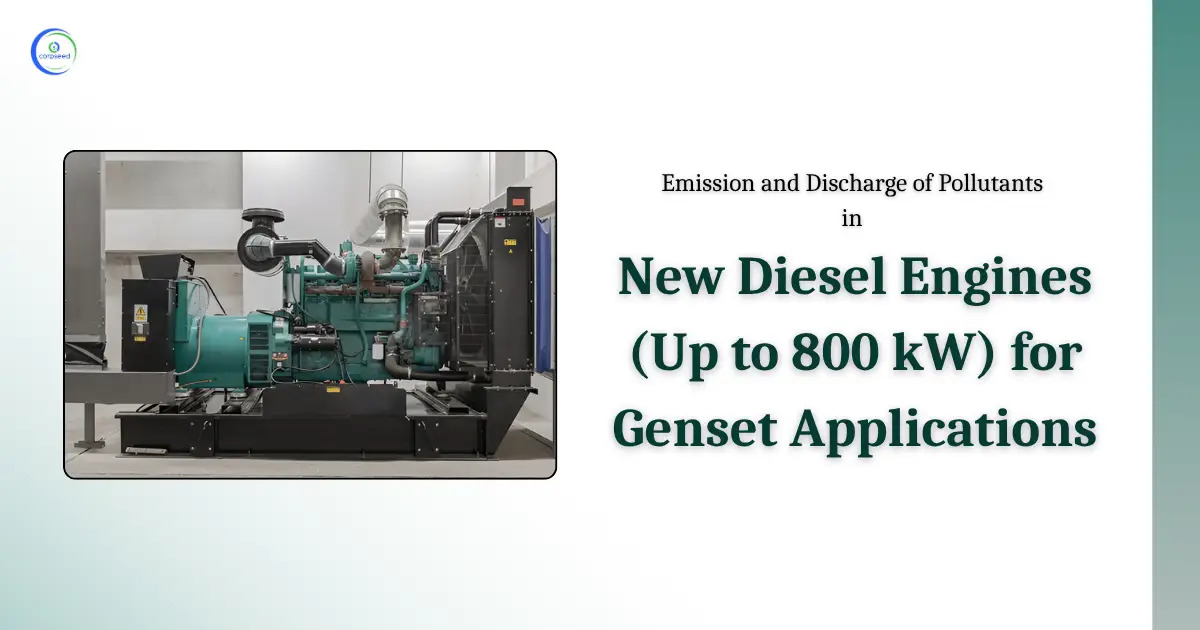
_Corpseed.webp)
.webp)
